Audio Recording Options for
DSLR Videography
There are many options available for getting good quality audio for DSLR videography at a low budget for amateurs. Also, there are high end audio recording devices available for professionals.
For this article, the focus will be on the lower end that is affordable for a hobbyist and can be used for producing audio that is technically good enough for licensing as part of commercial stock footage or video for online users.
The Built-in Microphone
To be honest, the internal microphone on your DSLR is the worst possible option for most situations if you care about the quality of audio.
To make it worse, many DSLR cameras, even many of the latest models with stunning HD recording capabilities offer a mono in-built microphone.
A microphone of this type suffers from low noise immunity, poor frequency response and unwanted transmitted noises (sound of camera mechanics and camera handling).
The best use of this microphone is for syncing the audio from an external recording device with the video track.
Dynamic Microphones
What the above means is that dynamic microphones can be directly plug-and-play compatible with most devices.
A non-uniform frequency response also means they can be good for recording voice or narration with the speaker close to the microphone, usually about 6 inches from the diaphragm.
Condenser Microphones
1. Good response to lower frequencies, voice recordings have a warmer tone to them.
2. Highly sensitive
3. Meant for use in studio atmospheres with proper shock mounting
4. Requires “phantom power” in the form of external power supply
Note that the requirement of phantom power causes difficulties in using this microphone on most devices that do not have an XLR jack with phantom power source. Make sure you consider this before getting one for your DSLR.
Shotgun Microphone
The tube is present only to cancel out any lateral sounds and it makes the microphone highly directional in nature. It is for this reason that wildlife photographers and outdoor videographers prefer this type of microphone. It makes it easy to focus on the sound coming from a particular subject.
1. Highly directional, usually about 30° field of reception
2. Can be mounted on the camera hotshoe using proper attachments
3. The shotgun microphone can be placed at a few feet away from the subject for proper reception, thus making it useful for shooting documentaries or shooting more naturally in outside environments.
While these are the popular and major options available for recording audio on your DSLR, also keep in mind that you will not usually get the best audio quality your microphone can provide if you plug the microphones directly into the camera audio input.
External Audio Recorders
 |
It is always preferable to record audio on a 24-bit sample depth, >44.1 kHz sampling rate external audio recorder such as the Zoom H5n (left) or a TASCAM recorder. This audio can later be auto-synced with the audio from the in-built microphone to match the video. This is the preferred method of audio recording for most professionals. |
So those are a few options for recording audio on your DSLR camera.
About The Guest Author

Pratik Panda is a professional stock photographer, graphic designer, voice over artist, and videographer. You can learn more about Pratik and view his creative portfolio at the following links:
www.PratikPanda.com
www.Dreamstime.com/robinstockphotos_info
Ready To Make Your Dream Documentary?
Sign up for our exclusive 7-day crash course and learn step-by-step how to make a documentary from idea to completed movie!












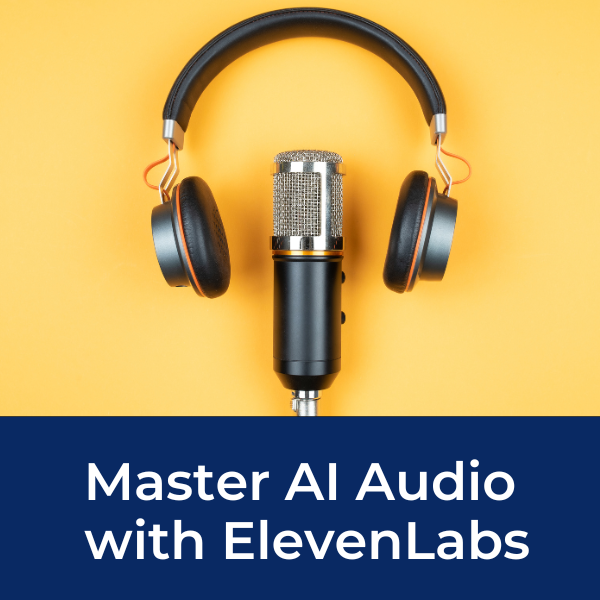



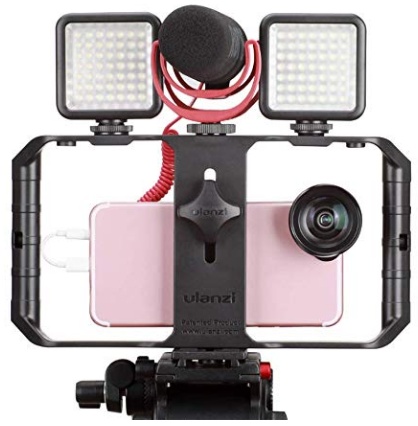
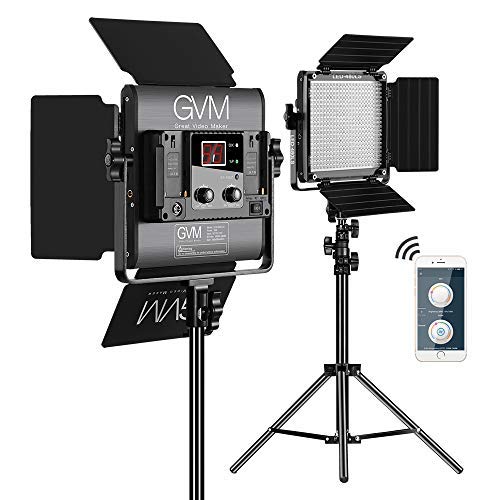
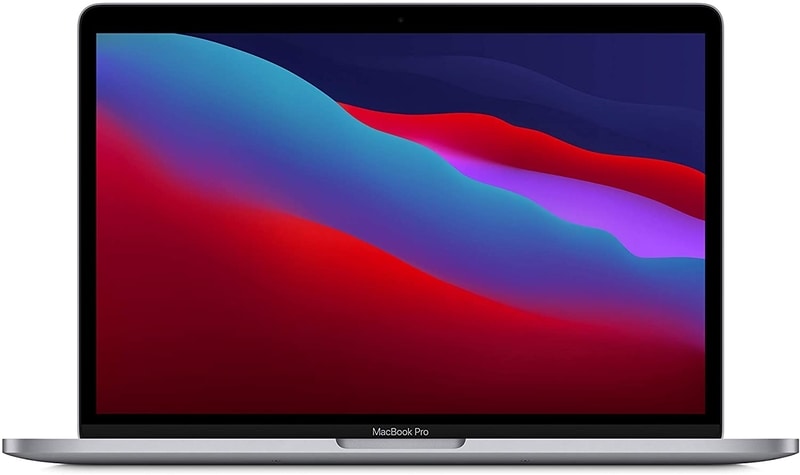
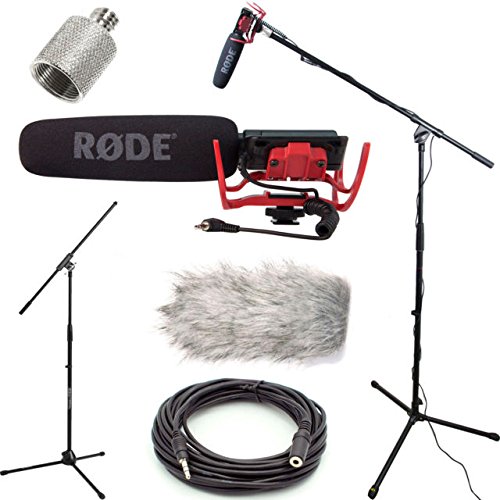
New! Comments
[To ensure your comment gets posted, please avoid using external links/URL's]